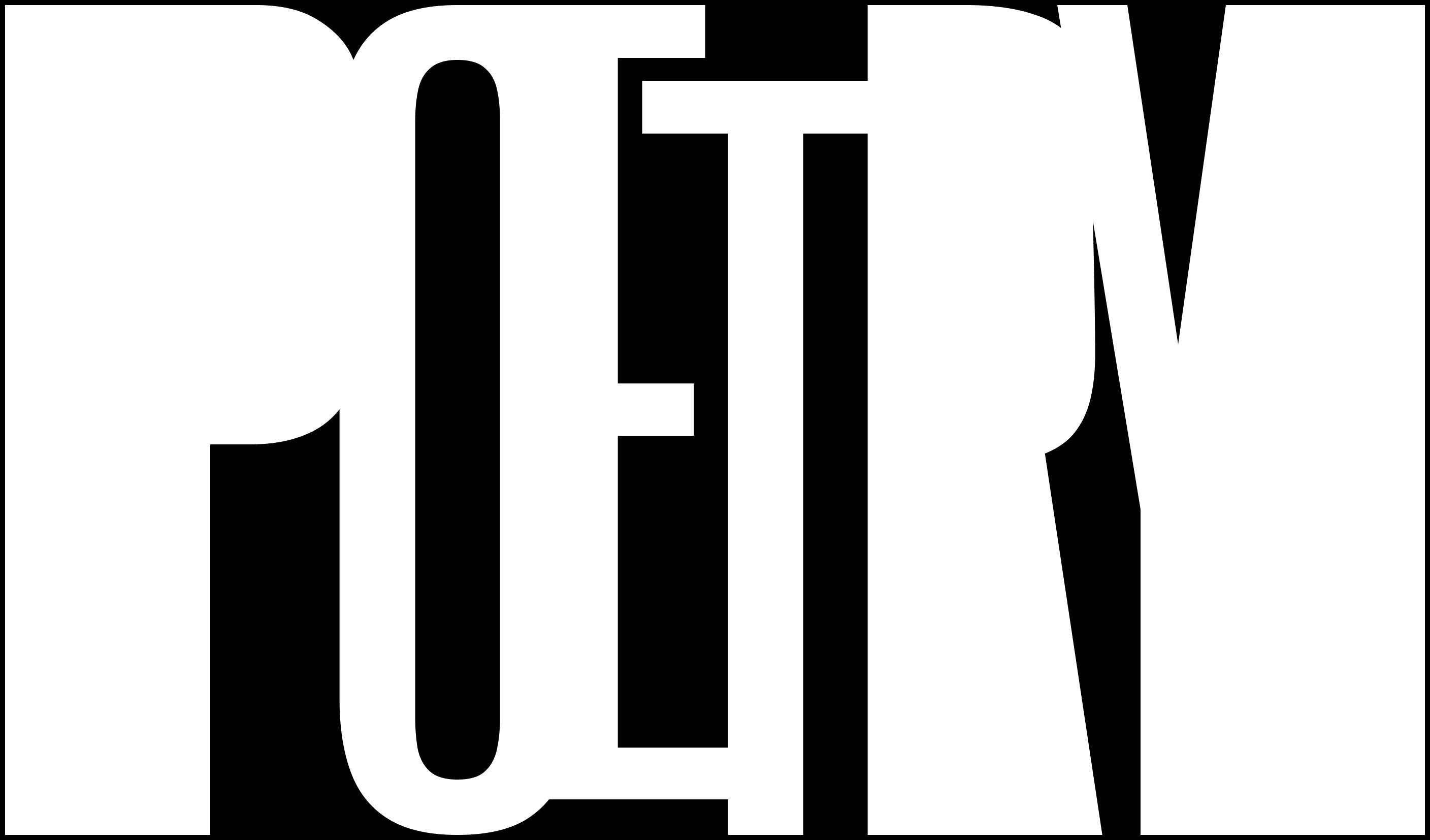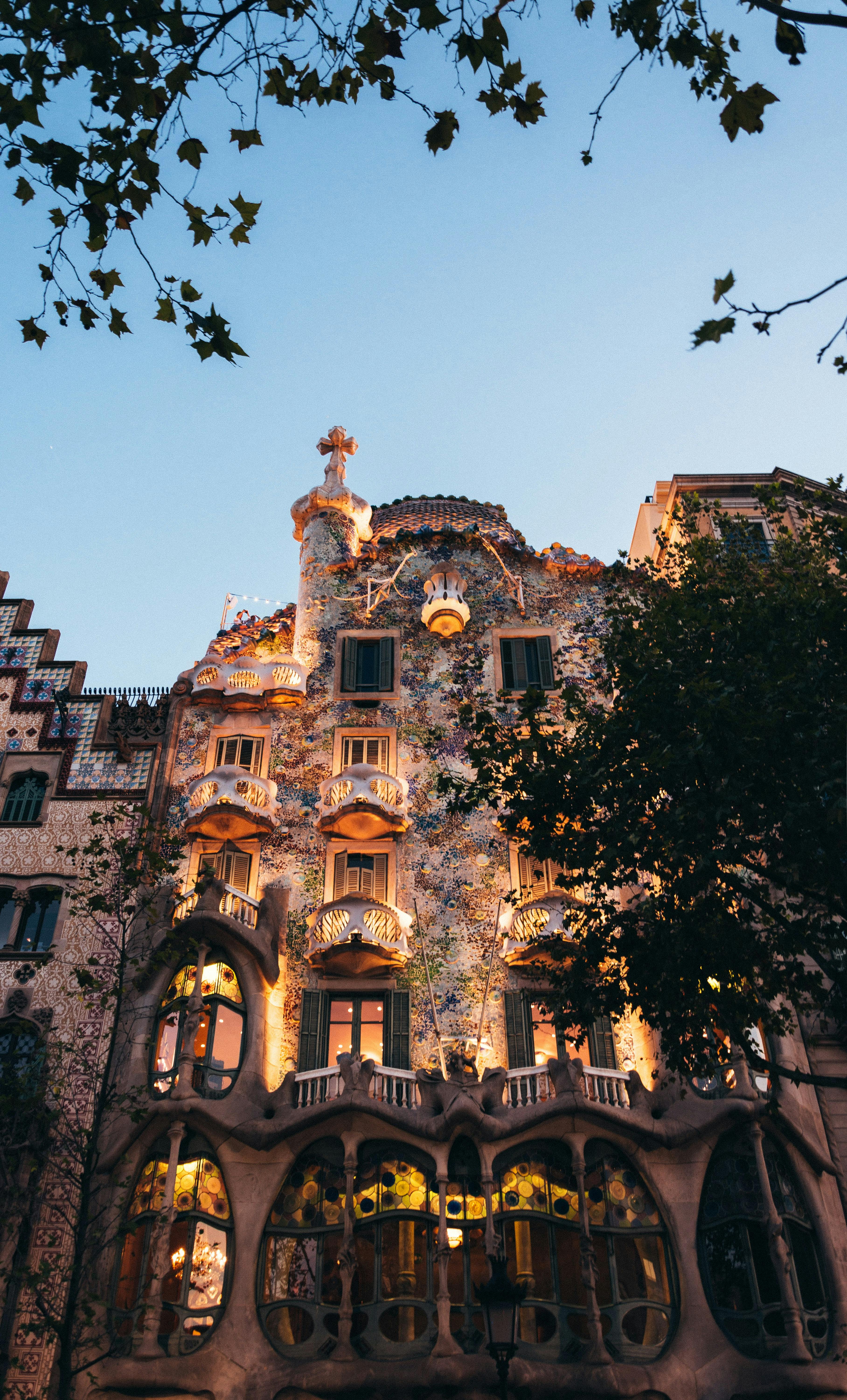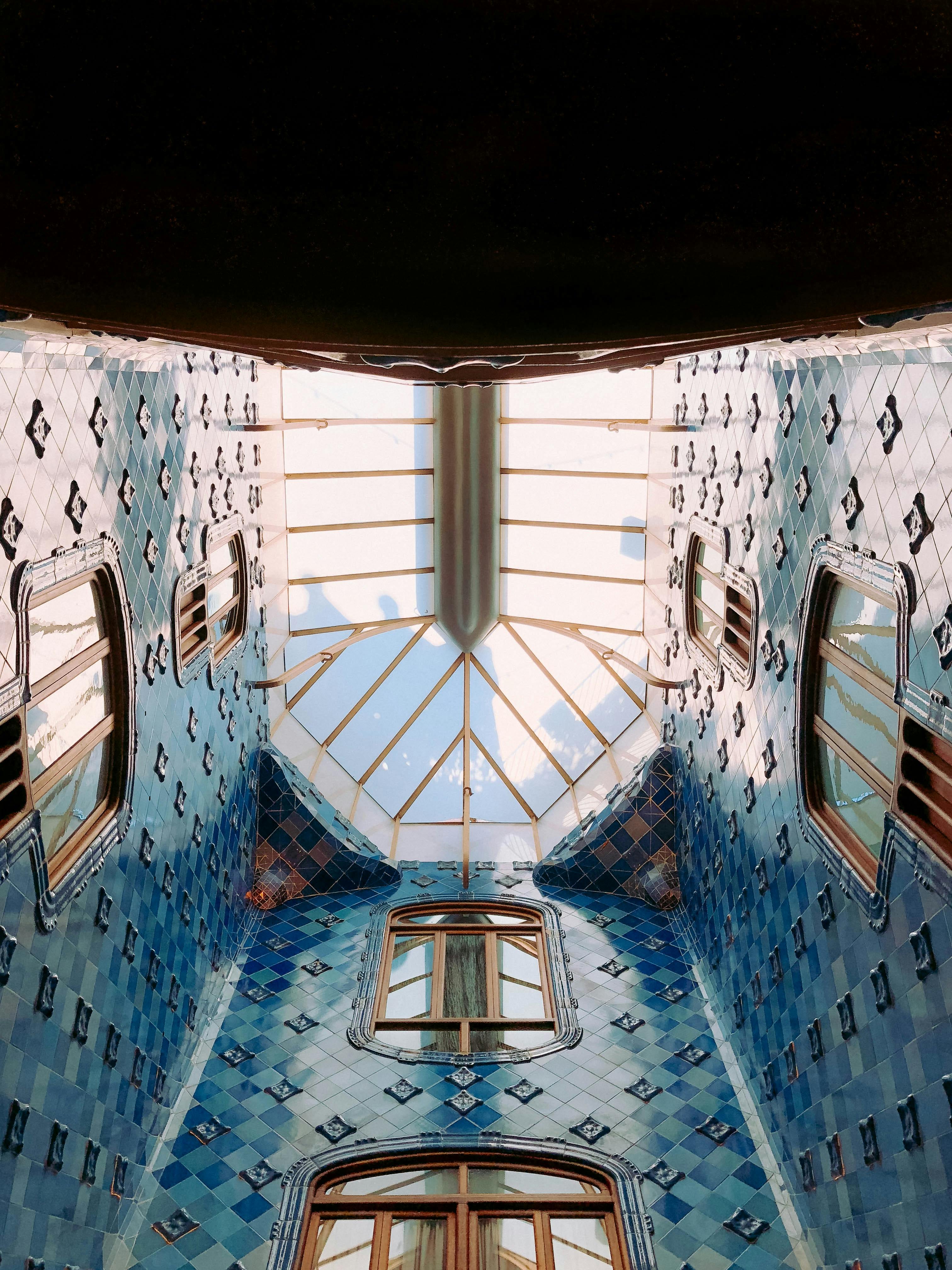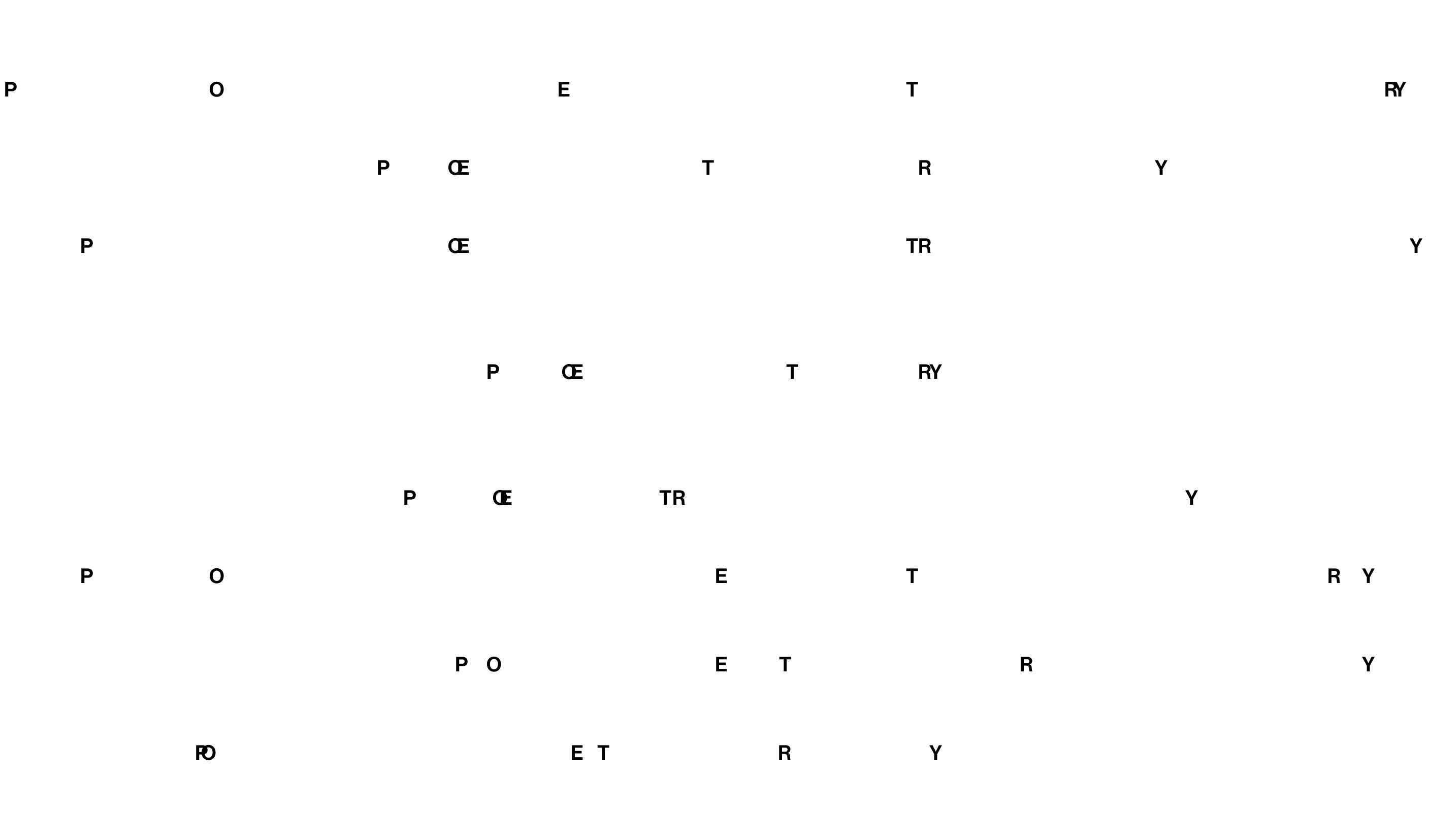Beyond form and function: Design is poetry
Written by
Maximilian Speicher
Art direction by
Manoel do Amaral

Last year, my brother gave me Mortimer J. Adler and Charles Van Doren’s classic How to Read a Book (Adler & Van Doren, 2014) as a birthday present (a must-read for everyone who wants to truly read). While the book touches on very much every kind of literature there is and how to intelligently read it, one part especially resonated with me—it was the one about poetry. I myself have been interested in poetry since I was in elementary school, and I have read my fair share of lyric works, from Emily Dickinson to Erich Fried to Derek Walcott, always in the search of understanding what the essence of it is. What constitutes a poem? Now, Adler and Van Doren (2014, p. 222) write:
“Poetry [...] is a kind of spontaneous overflowing of the personality, which may be expressed in written words but may also take the form of physical action, or more or less musical sound, or even just feeling. There is something to this, of course, and poets have always recognized it. It is a very old notion that the poet reaches down deep into himself to produce his poems, that their place of origin is a mysterious ‘well of creation’ within the mind or soul. In this sense of the term, poetry can be made by anyone at any time, in a kind of solitary sensitivity session.”
In this sense, really anything can be a poem, as long as it is the result of the above mentioned “overflowing of the personality,” of someone “reach[ing] down deep into [themselves]” and touching their “‘well of creation’” (Adler & Van Doren, 2014). And while they only specifically mention written words, physical action, musical sound, and feeling, such a result can especially also be a design. And why shouldn’t it? Poems are not just form, they always also have a function—as does design. They intend to convey a deeper truth. They want to evoke feelings that (hopefully) result in a certain experience—as does design. In this sense, poems serve as an interface between author and reader who engage in an asynchronous dialog (Adler & Van Doren, 2014)—as does design, just with “users” instead of readers. Moreover, design can hardly be decoupled from art anyway, despite certain initiatives in industry to make things purely data-driven and KPI-focused (Speicher, 2022); and at least visual and graphic design already border on visual poetry sometimes (see, e.g., ctrl + v journal, https://www.ctrlvjournal.com). Maeda (2019, pp. 79-80) writes:
“Hearing how arts classes in public schools were being rationed from hours down to just minutes per week, and owing much of my technology career’s success to the arts, drove me to wonder how to reveal the limits of a STEM-only approach. [...] I wanted to understand how companies like Apple and Airbnb managed to fully leverage the combined capabilities of STEAM [editor’s note: STEM + arts] in their products and services. What did I find? That design-infused companies fully understood how art is the science of enjoying life, and thus, in order for their customers to enjoyably live with their products, they needed to involve artists in how their products were made.”

I repeat, “art is the science of enjoying life”! And I would argue that a design that is not art doesn’t have a soul (cf. Buckley, 2021).
In a recent team meeting, colleague A presented a design they had been working on. I can’t exactly remember anymore what it was, but nothing where you’d say you can go completely wild with creativity. I think it had something to do with placing flags or labels on campaign teasers and product pictures in the e-commerce shop we’re working on. Still, colleague A came up with a design that prompted colleague B to say something along the lines of “I like how you managed to still bring your personality into this.” And this is by and large what I’m trying to get at with this essay. I believe that at least for the vast majority of designs, no matter how trivial or mundane they may seem, it should be possible to dip into your individual “well of creation” and give them some personality, some soul, some poetic meaning (if you want, that is). Of course, it’s still out of the question to adhere to established design principles, underlying design systems, a human-centered approach, and the identity of the brand you’re designing for. But in most cases there’s some leeway, some tiny—or not so tiny—part of a design into which you can channel your inner poet. A brand’s personality can (or should) always be the first, “obvious” layer of meaning. The designer’s poetry can then occupy the subconscious, second layer of meaning. In digital product design, for instance, this can manifest when the designer sees beyond standards, guidelines, and patterns to orchestrate a serendipitous user experience—a flow that mirrors what the user is thinking and enables them to discover a deeper meaning through their interactions, maybe topped off with a whimsical micro-interaction that makes an interface enjoyable and memorable.
How to channel that inner poet? That’s a good question, and I think it’s very difficult, if not outright impossible to give specific guidelines or a how-to on that. The best general guidance probably is: Read poetry (a lot), learn about what the essence of great poetry is, learn how to use metaphors and other stylistic elements, and start writing poems yourself. This is always also a (self-)editorial process. Once you have a draft, you revisit it closely and think about where a clever metaphor might be missing or where it needs more vivid imagery. Then, at some point, apply all of this to your designs instead of written words. Why shouldn’t carefully selected colors, a certain arrangement of shapes, or some white space serve as metaphors? Why shouldn’t it be possible to introduce a very subtle critique of capitalism into an e-commerce checkout, without using any words? Whenever you design something, identify the part of it that leaves room for artistic interpretation, then touch your “well of creation” and fill that room. Now, since designing for a digital product is rarely a solo endeavor, part of the challenge in a design team is to have everyone uncover their “well of creation” and, just like in art collectives, find a shared language, a shared purpose, and message—the parts of design that are hard to capture through guidelines, but need to be built with a deeper team connection.

Photo by Theodor Vasile on Unsplash.
While I can’t give specific instructions on how to bring poetry into a design, I at least want to give examples of designs that are undoubtedly at the same time poems. The first one is Casa Batlló. One of Antoni Gaudí’s masterpieces located on the Passeig de Gràcia in Barcelona, I recently had the pleasure to take part in a guided tour there. Casa Battló was a commissioned work for the Batlló family: the renovation of an existing house that took place from 1904–1906 (Wikipedia contributors, 2022). As per our guide, the entire building is an homage to nature—e.g., Gaudí worked almost exclusively with flowing, natural shapes (Wikipedia contributors, 2022)—and, more specifically, to the sea and life in the sea. Among other things, the main staircase resembles the backbone of an underwater “beast,” along with “a series of skylights that look like turtle shells” and “sinuously vaulted walls” (Wikimedia Commons contributors, 2022). At the same time, the building is highly functional, and innovatively so. It was the first residence in Barcelona to have two instead of just one patio, in order to achieve more balanced lighting throughout the house. Additionally, it features a, for the time, radically new air ventilation system, for which Gaudí used the metaphor of fish’s gills (which can be opened and closed). According to Wikipedia, another “common theory about the building is that the rounded feature to the left of centre [sic], terminating at the top in a turret and cross, represents the lance of Saint George [...], which has been plunged into the back of the dragon” (Wikipedia contributors, 2022). All of these are just some of the metaphors and, subtle or not so subtle, references to nature and the sea that constitute the building. And while Gaudí was, to be perfectly honest, given almost completely free reign by the Batlló family, it is a prime example of how function, innovation, and poetic elements can be combined to achieve an exceptionally unique experience and, in the end, a poem turned design. I can’t even begin to describe what it feels like to walk through the building. That’s something everyone must experience on their own.

Photo by Lucrezia Carnelos on Unsplash.
The second example of a design that is also a poem is the video game Proteus (Key & Kanaga, 2013), where the player has to explore an island, at first seemingly without a purpose and without a goal. There is no introduction, no instructions, no apparent storyline. You simply wake up(?) on an island and start wandering around, the music and ambient sounds and noises changing depending on where you go and whether it’s day or night. In his review of the game, Keith Stuart (2013) provides an interpretation of what Proteus might mean: “Throughout the history of literature the island has been used as a liminal zone between reality and the imagination; a place of mystery and isolation, where the rules of society no longer apply, and where stranded travelers can truly discover themselves. [...] As in Lost, it is somewhere beyond time with its own physical laws – and as in Lost, you arrive washed ashore as a stranger.”
The third example I want to give is a project that was displayed by the Museum of Modern Art, “Wind Map” (HINT.FM, 2022; MoMA, 2022). It’s a live rendering of wind currents in the U.S. and changes based on, well, whatever mood the weather is currently in. The map can be calm and soothing on one day and seem menacing on another (HINT.FM, 2022). The fact that it’s rendered entirely in black, white, and greyscale gives it an ethereal, otherworldly quality. The functionality of the project is undeniable as it has been used for a variety of practical applications (HINT.FM, 2022). But no matter how the wind currently flows, the deeper meaning that underlies the design is always that “‘[a]n invisible, ancient source of energy surrounds us, energy that powered the first explorations of the world, and that may be a key to the future’” (MoMA, 2022).

As one last example that’s closer to our field, I want to use Apple’s dynamic island. Being probably the major novelty of the new iPhone 14, it’s being widely discussed, with opinions ranging from “shameless gimmick” to “the next renaissance in UX design” (Zhang, 2022). But, regardless of whether it’s placed in a good or bad spot to reach easily with your thumb, maybe—just maybe—it also serves as a metaphor for the ubiquity of push notifications and multi-tasking, which are relentlessly holding our society hostage?
Now, you might ask yourself, why in the world does it matter whether a design is poetry or not? And I wouldn't necessarily argue that it does in the sense that everyone must perceive any design as a potential poem now. But it can matter. It matters to the designer, just like to any other craftsperson: if a designer is open to this thought, it allows them to think differently about their work, because they can add a second layer of meaning and thereby elevate a design beyond just function, form, and aesthetics. Creating a well-crafted poem is a highly satisfying experience. Nowadays, it's getting more and more difficult to get the same experience from crafting a design in the proverbial daily job at an arbitrary tech company where everything is predetermined by proxy KPIs, design systems, and brand identities (what Michael Buckley described as soul-less). Thinking about designs as poetry might help rekindle the flame.
On the other hand, it also matters a lot for companies because of what John Maeda (2019, p. 80) has found: “That design-infused companies fully understood how art is the science of enjoying life, and thus, in order for their customers to enjoyably live with their products, they needed to involve artists in how their products were made.” Ultimately, providing designs that go beyond just the “regular” form, function, and aesthetics yields a competitive edge, because it presents users with more enjoyable, more unique, and soulful products.
If you're searching for more meaning in your work as a designer, try to treat your designs, or at least parts of them, as poetry. Find the spaces for creative freedom, no matter how small they might seem, and fill them with a color, a shape, or a certain arrangement of elements that carry a message that go beyond pure functionality and plain aesthetics. Even if no-one except you ever discovers that deeper message, your designs will be more meaningful. Self-fulfillment and happiness come from the ability to make things and doing so in a self-directed manner (Graeber, 2018). Designers already do the former on a daily basis, and if they treat design more like poetry can also have more of the latter.
There’s not enough (good) poetry in this world, and every designer can help change that.
Works Cited
- How to read a book by Adler and Van Doren
- Contemporary design has lost its soul by Michael Buckley
- Bullshit Jobs by David Graeber
- Proteus by Key, Ed and David Kanaga
- How to speak machine by John Maeda
- Wind Map by Fernanda Bertini Viègas
- Wind Map on MoMA
- Listen to Users, but Only 85% of the Time by Maximilian Speicher
- Proteus – review by Ketih Stuart
- Casa Batlló photos on Wikipedia
- Is the iPhone 14’s new Dynamic Island plain stupid or the next revolutionary UX pattern? By Leon Zhang